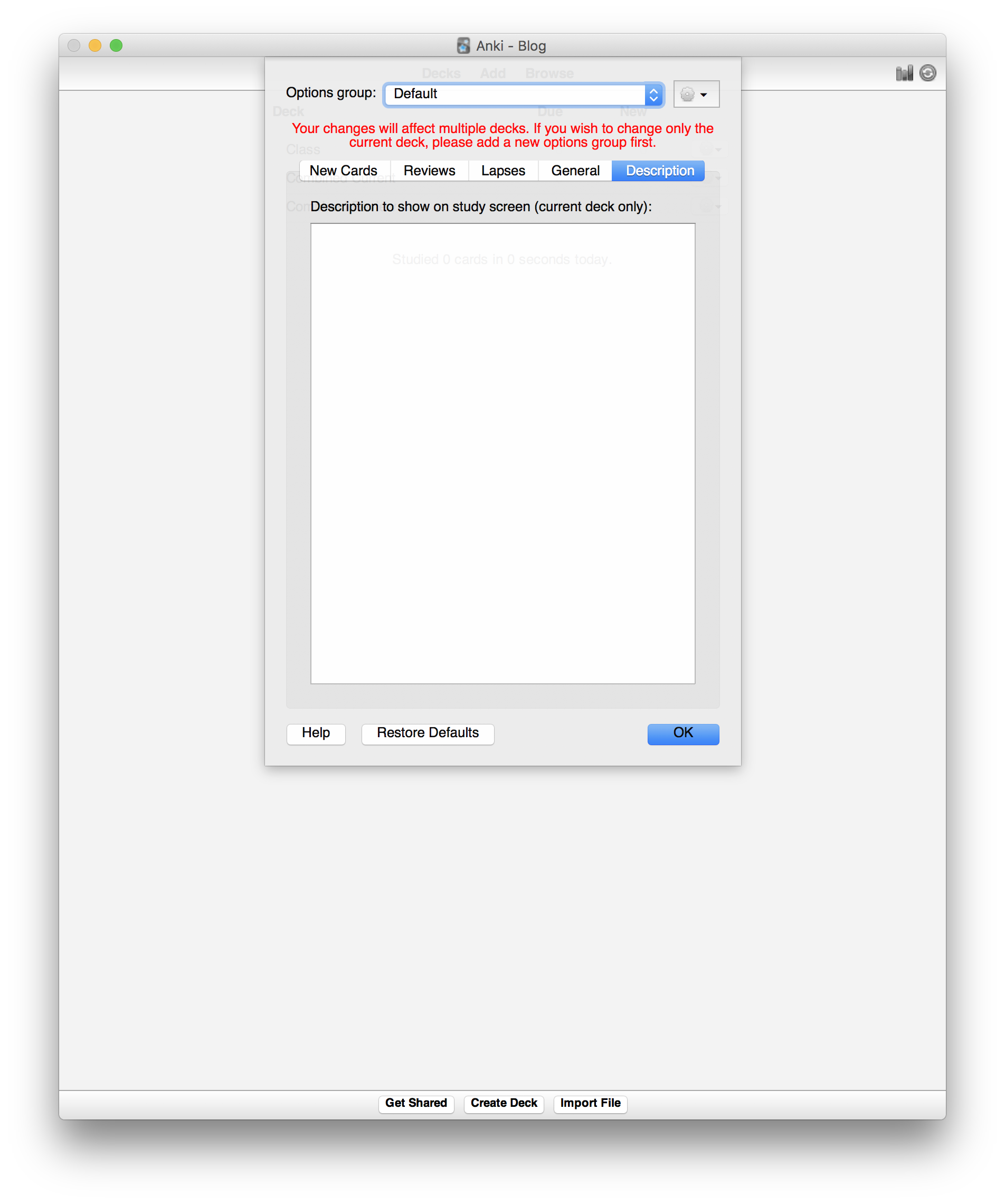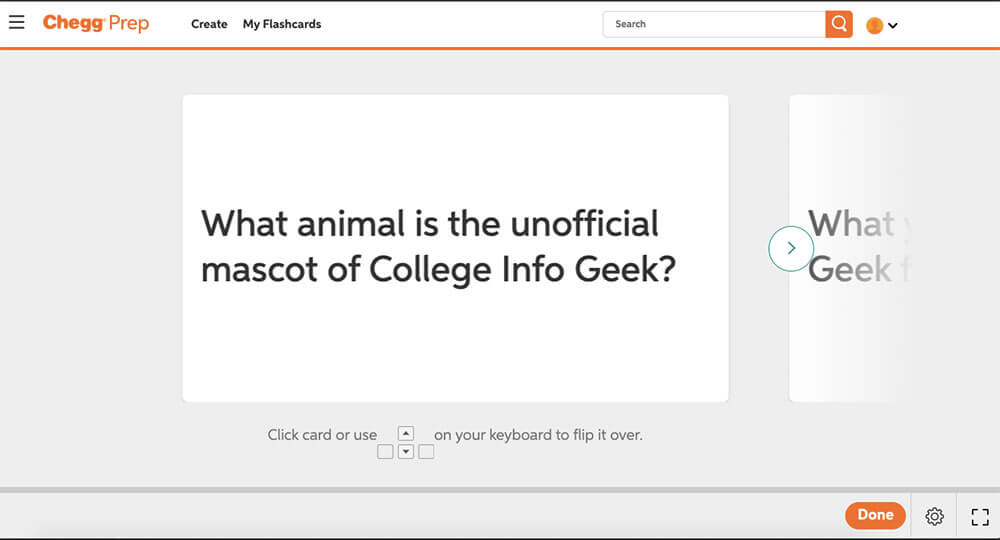

Then the company goes out of business, and the website shuts down. Imagine taking a semester’s worth of notes on a shiny new website or app that you tried because it was free or had some killer feature that you couldn’t resist. It can be disastrous when those apps become unsupported, stop working on your new device, or worse, lose data. Students are already reliant on so much software, from office programs to course management systems, much of it proprietary.
ANKIAPP EXPORT SOFTWARE
Most people think using open source software is an ideological consideration, but as a student, it can be just as much a practical benefit.
ANKIAPP EXPORT CODE
This post, rather, is about something that I thought was missing from Anki-namely, publishing the content to the web-and how I wrote some code to fix it, all thanks to Anki being open source and extensible. I’d say that Anki is almost perfect for medical students and the reasons why deserve a post all to themselves. I’ve been using Anki to generate flashcards for just about every class in medical school since the second semester, and it’s been clutch for trying to memorize the insane amounts of material that we’re given. Read how I did it below, or get the source code. Post altogether.I’ve started putting all my medical school flashcards on this website using some Python and Ruby. Write proofs or skip the TeX setup altogether, but that would require another

ANKIAPP EXPORT MANUAL
The goal is to get this a better workflow than manual editing of Anki decks. There areĬhanges to be made here, which make life a little easier, including the setup ofĬustom cards, but the inherent concerns of the WYSIWYG editor are basically The standard way of working with Anki, is with a pretty awkward GUI. I thought I’d re-create and immortalize it. Setting up unicode math and orgmode for painless Anki deck building BackgroundĪ recent Hacker News post reminded me of Anki, and that brought back memories of


 0 kommentar(er)
0 kommentar(er)
